MAVERICK MAPPER
Loeriesfontein — home of the giant steel flowers
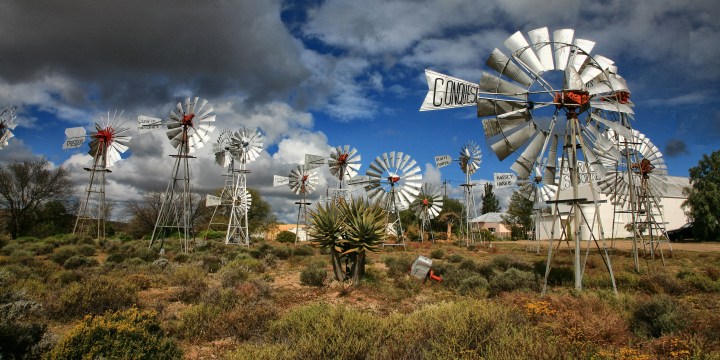
A museum dedicated to windpumps is the star attraction in this Namaqualand village.
There is no better starting point to explore the history of the windpump in South Africa than Loeriesfontein in the Northern Cape Karoo. A collection of 27 old windpumps is arrayed there, creaking and straining at their chains outside the Fred Turner Culture and History Museum.
Their rudder-like steel tails proclaim many brand names that have long passed into memory. Here is a Gearing Self-Oiled, an Ace, an Atlas, a Massey Harris, a Conquest, a Hercules, a Spartan, a Vetsak President, a Gypsy Wonder, a Springbok, an Eclipse, a Malcomess, a North, a Beatty Pumper, a Dandy and nearly a dozen more. In the springtime, they all stand amidst the famous daisy blooms of Namaqualand.
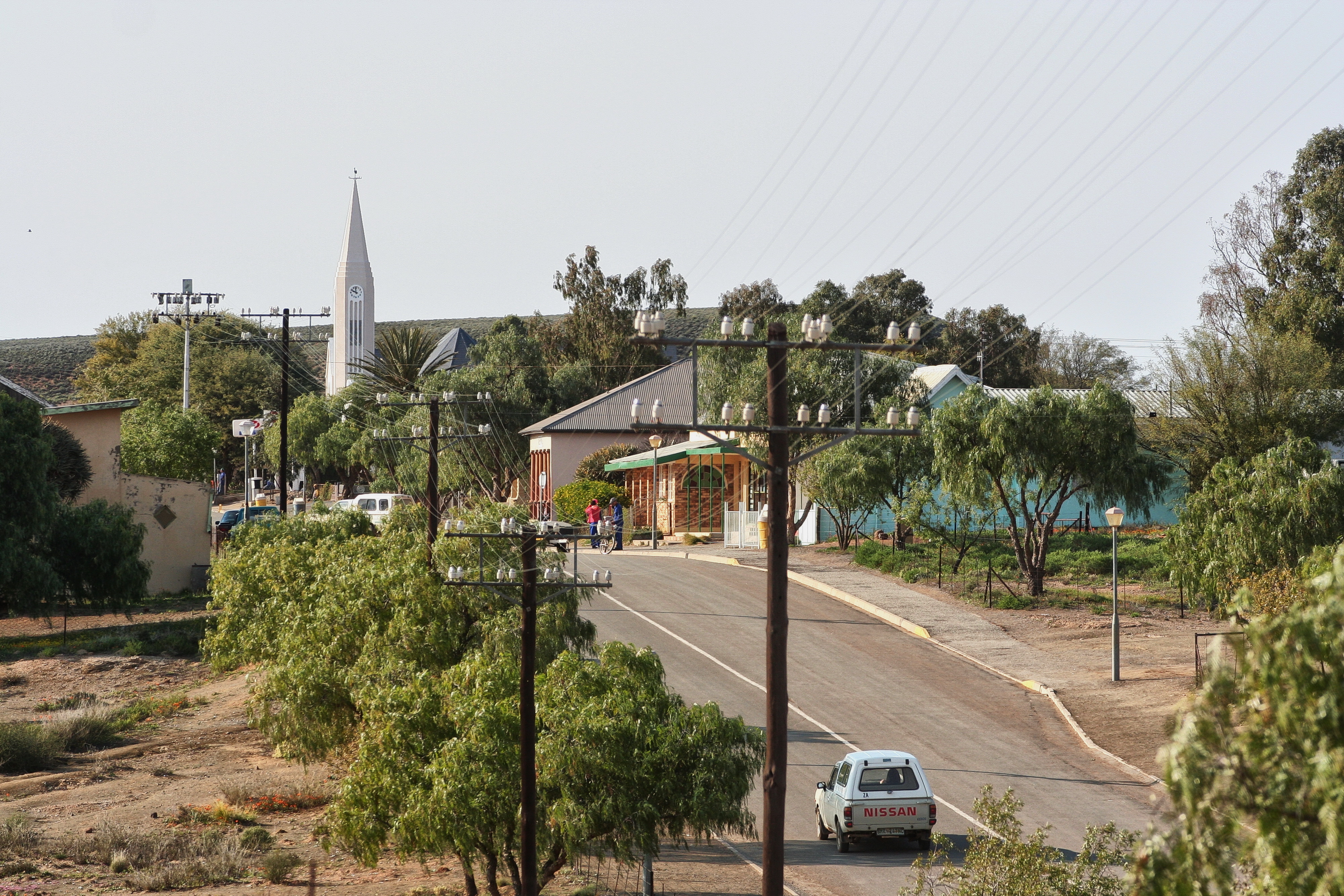
Loeriesfontein – slow-paced country style of living. Image: Chris Marais
There are two other windpump museums in the world. One is outside a town called Foremost, in Canada’s Alberta province. The other is in the United States, where 53 specimens stand tethered outside the Mid-America Windmill Museum in Kendallville, Indiana.
Fred Turner was a travelling Bible salesman and devout Baptist. In 1894, he settled here and built a trading store in what was then the middle of nowhere. It was Loeriesfontein’s first permanent structure, and now houses a Spar supermarket.
The late museum curator, Ben Daniels, uncovered the history of Fred Turner’s old smouswa (trader’s wagon) sold in 1919 to Jan Visser for £90. The Visser family used it for travelling to communion (nagmaal), for visiting friends, and for transporting sheep. That wagon made it three times over the Kamiesberg and through Bitterfontein all the way to Hondeklipbaai.
Fred Turner’s wandering life echoes that of the trekboers (nomadic farmers) of long ago, before the time of windpumps.
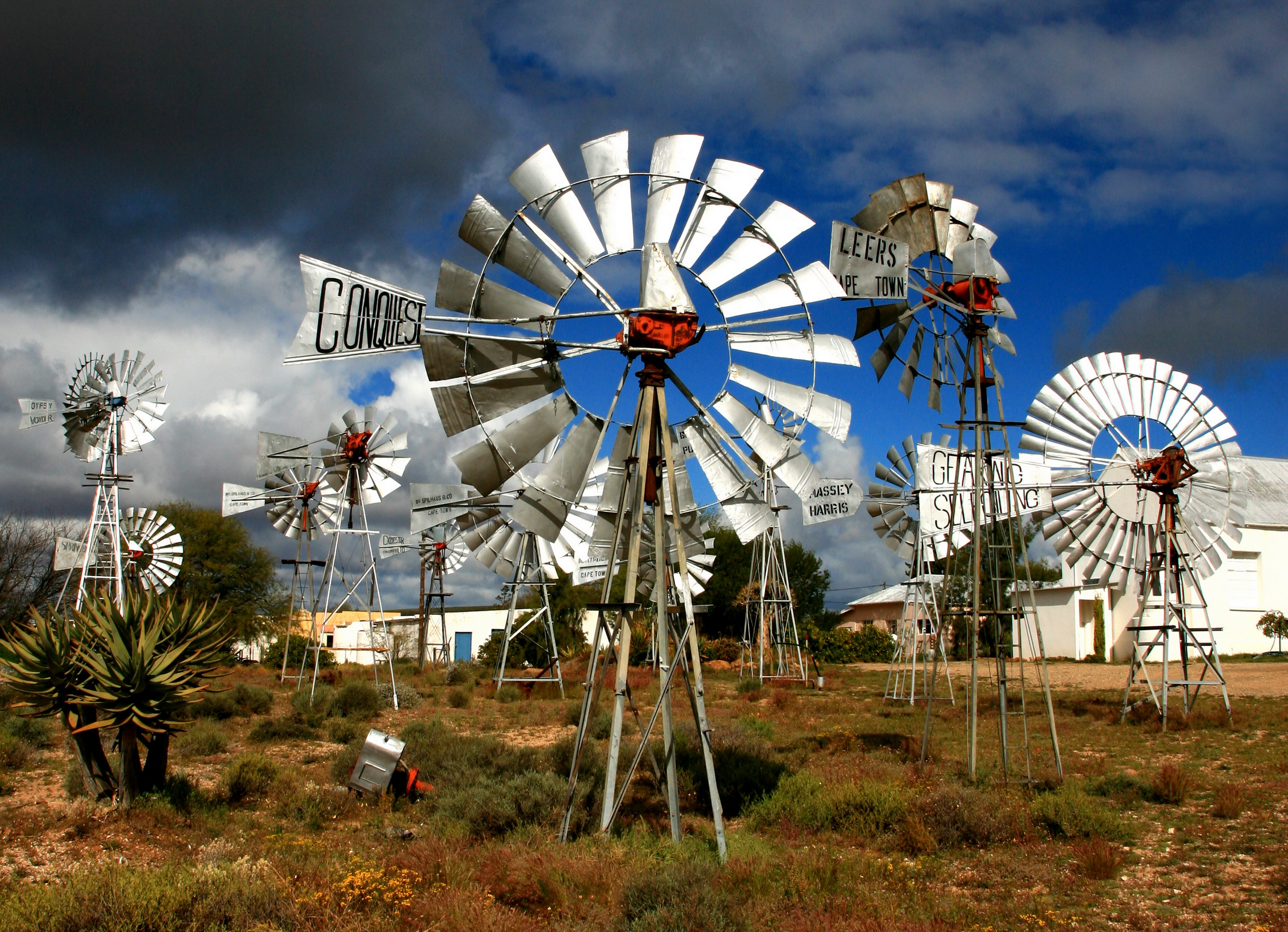
Flashing blades – the extraordinary windpump display at the Fred Turner Museum. Image: Chris Marais
The trekboers were subsistence livestock farmers who moved from the Dutch-colonised Cape into the Great Karoo from around 1760 onwards. They competed directly for water and grazing with the indigenous Khoi pastoralists and the nomadic San Bushmen hunters.
James Walton, on writing a book called The Windpumps of South Africa in 1998, issued a plea that somewhere a museum be set up to preserve them. Loeriesfontein was the only town to heed his call, and now outside the old museum they stand like giant steel flowers, facing the wind.
The little Namaqualand village first made world headlines in February 1951, when Loeriesfontein local Johanna Lombard gave birth (in nearby Calvinia) to quadruplets: Klasie, De Waal, Jan and De Villiers.
The Philadelphia Enquirer caught up with the six-year-olds in 1957. The US newspaper reported that the Lombard Quads used to sing and rock each other to sleep at night.
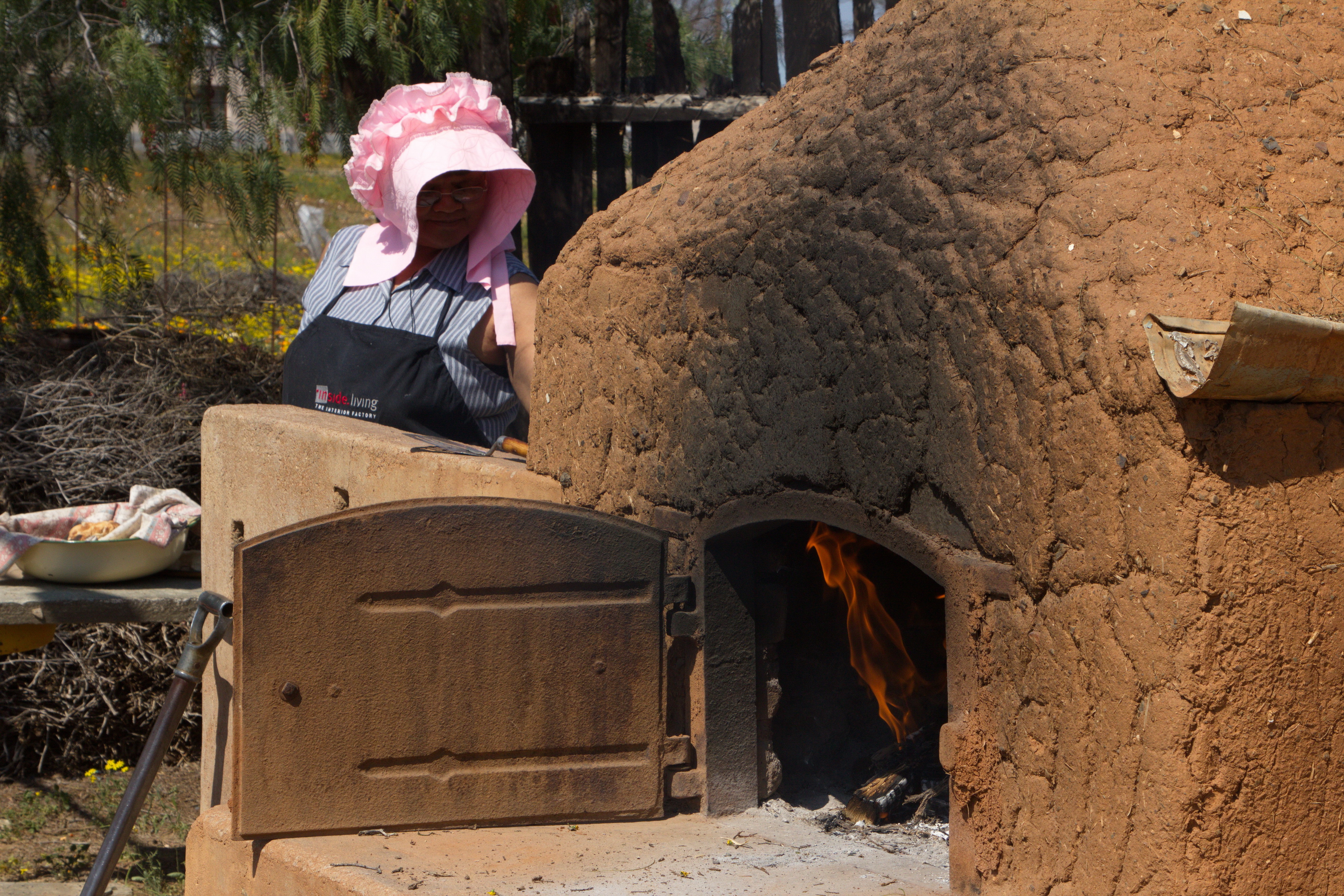
Old clay baking oven in action at the Fred Turner Museum. Image: Chris Marais
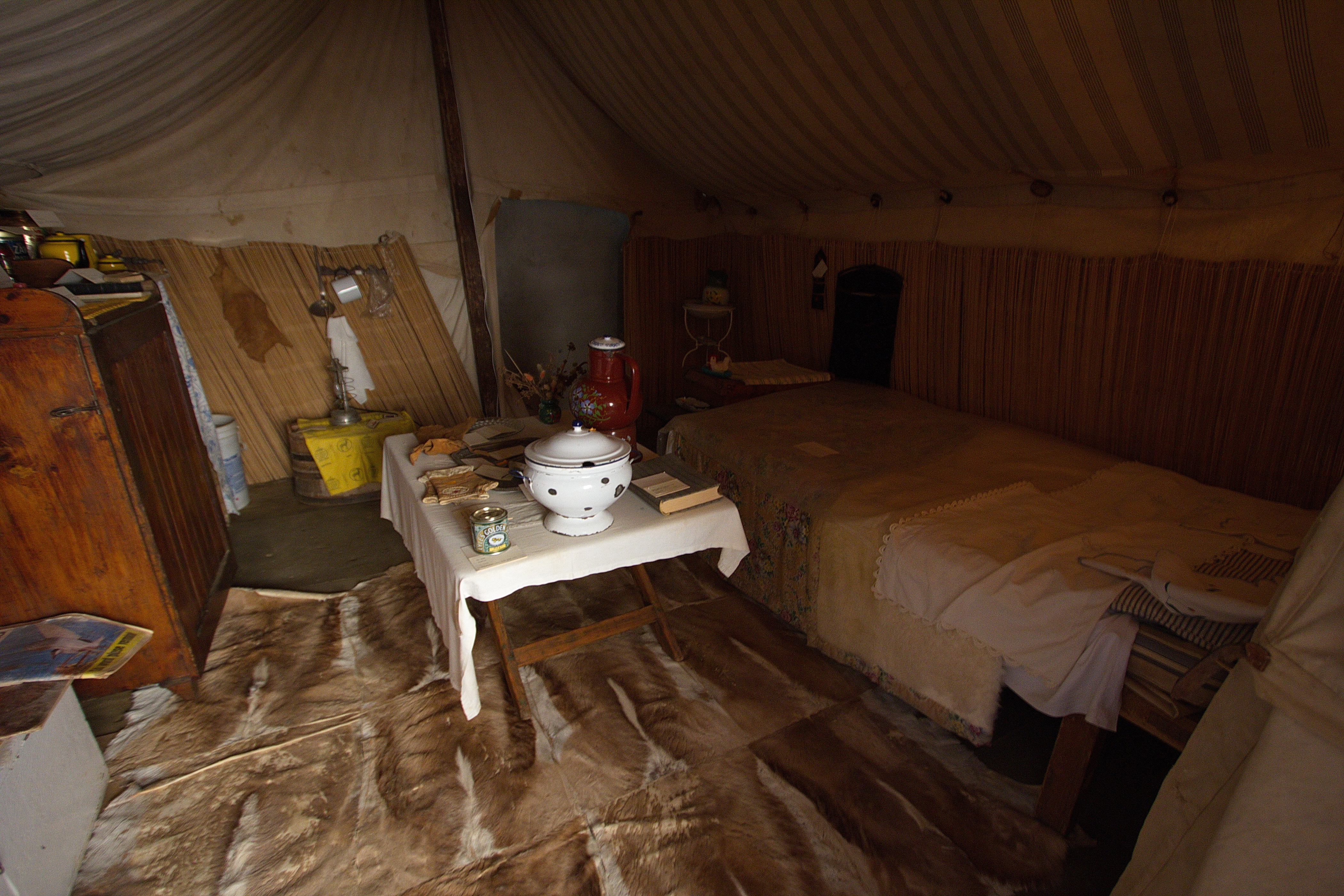
A diorama of the inside of a trekboer’s tent. Image: Chris Marais
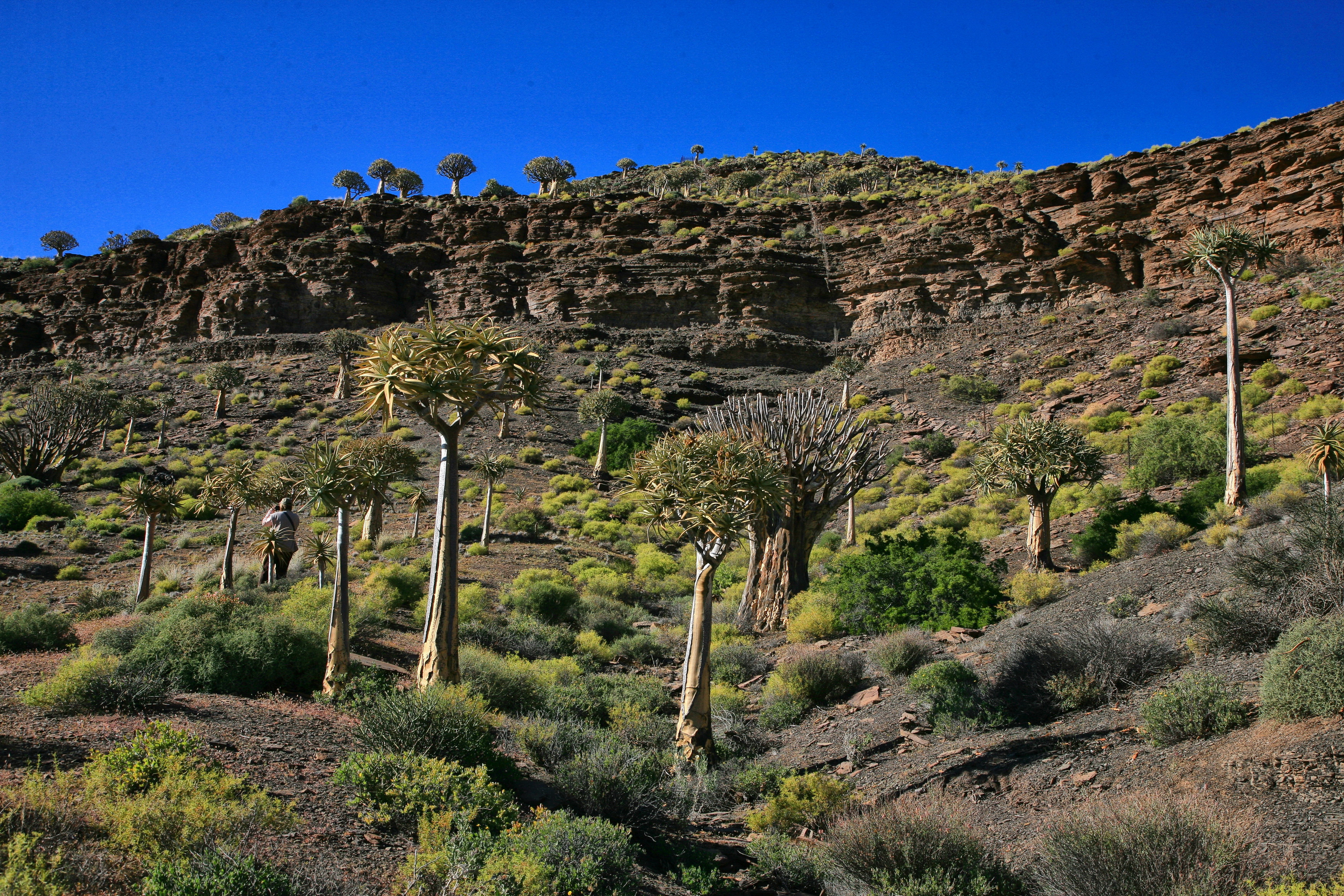
The Quiver Tree Forest between Loeriesfontein and Nieuwoudtville. Image: Chris Marais
Another item of interest for travellers coming up the R357 from Nieuwoudtville is the Quiver Tree Forest about 40km south of Loeriesfontein. The forest is situated on the north-facing slope of a range of hills and is accessible from the gravel road below.
Where to stay
Loeriesfontein Windpump Guest House; Tel: 083 722 9065
Malalla Guest House; Tel: 027 662 1001
Loeriesfontein Hotel & Tourist Info; Tel: 027 662 1001. DM/ ML
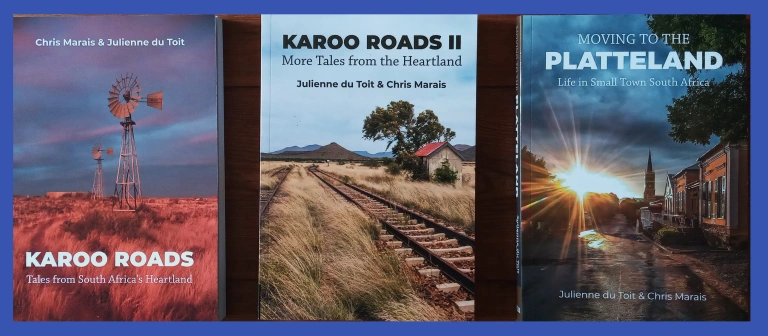
“Karoo Roads”, “Karoo Roads II” and “Moving to the Platteland” by Chris Marais and Julienne du Toit book covers.
For an insider’s view on life in the Karoo, get the three-book special of Karoo Roads I, Karoo Roads II and Moving to the Platteland – Life in Small Town South Africa by Julienne du Toit and Chris Marais for only R720, including courier costs in South Africa. For more details, contact Julie at [email protected]; for more information, contact the Northern Cape Tourism Authority.
In case you missed it, also read Loxton: Where you’ll find writers, rabbits and rocks made of iron
Loxton: Where you’ll find writers, rabbits and rocks made of iron
Visit Daily Maverick’s home page for more news, analysis and investigations

















 Become an Insider
Become an Insider
I visited in March 2021, the building was locked (it was a Sunday and just about nothing opens in some of these old towns on a Sunday!). Fascinated by the history and the fact that it is one of only 3 museums in the world. These things litter the Platteland of SA, some working and some not, and all have a history – where they were made, when they were built and installed, by whom, etc.